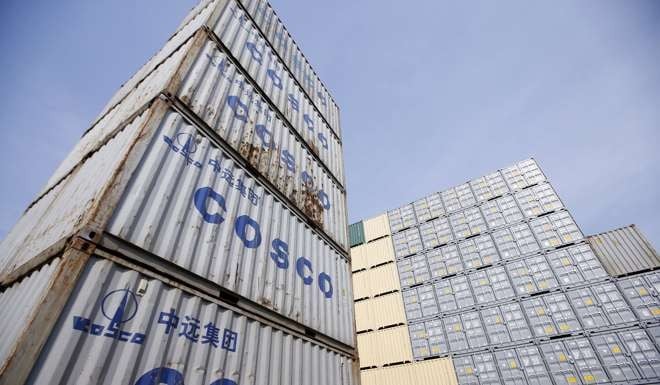
One Belt, One Road...but how to choose the best route?
Assessing some of the decision-making tools available to policy makers when optimising new trade routes
With the launch of the “one belt, one road” initiative in 2013, China announced the ambitious goal of transforming regional political and economic landscapes over the coming decades by building a ‘Silk Road Economic Belt’ and a ‘21st Century Maritime Silk Road’.
Massive investments into these infrastructure networks have already taken place.
For the land-based routes, 11 Chinese cities have so far opened direct railway container services to European cities, and most of these are enjoying subsidies from the local governments. For the oceangoing routes, in recent years Hong Kong-based Cosco Pacific has continued to invest heavily in the Port of Piraeus (Greece), transforming it into an important hub port in southern Europe, covering the hinterland of middle and East Europe.
At the same time, China has cooperated with central and eastern European (CEE) countries to construct railways linking Budapest and Belgrade, the capitals of Hungary and Serbia, respectively. Upon their completion in 2018, the travel time by train between southern Europe and central Europe will be significantly reduced. With the development of these railway networks and the rise of the Port of Piraeus, the competitiveness of the new trading routes between Asia and central Europe has been dramatically improved.
It is paramount for policy makers and logistics practitioners to assess the potential of emerging trade routes so as to make optimal route choices
Against this background, it is paramount for government policy makers and logistics practitioners to assess the performance and potential of these emerging trade routes so as to make optimal route choices. But how to do it?
To evaluate the performance of various trade routes, multiple criteria will need to be taken into consideration. They include: economics factors (freight rate, trip frequency, trip time, trip punctuality and cargo loss); technology factors (infrastructure and transportation network); governance factors (geopolitical stability and government support); environmental factors and also the type of commodity. Among these criteria, ambiguous trade-offs are inevitable.
Multi-criteria decision making (MCDM) is a procedure aimed at plucking the best option from a set of feasible alternatives. It allows the decision-maker to balance a variety of criteria.
The most popular MCDM tool used is Analytic Hierarchy Process (AHP), which can help to properly determine the weight of each criterion involved in the final outcome of the resulting layers. AHP method involves four steps: (i) Structuring the decision problem into a hierarchical model; (ii) Making pairwise comparisons and collecting data to obtain the judgement matrix; (iii) Estimating the relative weightings of the criteria and sub-criteria; and (iv) Checking the consistency of all weights.

In April 2016, to compare the performance of three different trade routes, we conducted an online survey and collected 191 questionnaires from relevant stakeholders including government policy makers and industry practitioners. With the information from the questionnaires, we built a decision matrix and determined the weights by applying AHP. Then we were able to assign priority to the criteria and ascertain the performance of the three routes using TOPSIS.
We found that the Traditional Sea-Land Line (TSLL) performs better than the China-Europe Sea-Land Express Line (CESEL) and the New Eurasian Land Bridge (NELB). It also reveals a strong preference from all the respondents that criteria regarding trip quality, such as punctuality, cargo loss and geopolitical stability, take precedence over freight rate. By dividing the respondents into groups, the result indicates that government policy makers and industry practitioners each apply remarkably different weightings to certain criteria.
For example, the economic criterion has a much higher weight in the government group than in the industry group. As a result, the two groups hold opposing views on the performance ranking of the China-Europe Sea-Land Express Line and the New Eurasian Land Bridge. The government policy maker considers that the NELB performs better than the CESEL, while the industry practitioners hold the opposite view. This implies that the current development of NELB and its future prospects do not receive enough recognition from industry practitioners. The government should pay attention to the industry’s preference instead of overestimating the importance of economic factors, so as to promote the new routes to industrial practitioners.
The uncertainty and the potential of route development under several different scenarios are also addressed by applying our MCDM framework. We found that oil price volatility of varying degrees will not affect the performance ranking of the three routes.
The implementation of a global sulphur cap by 2020 could improve the performance of the TSLL and the CESEL, but only to a limited degree. The NELB has the potential of being a very competitive alternative to the TSLL – if significant improvements can be made on certain criteria.
Dong Yang is assistant professor of the Department of Logistics and Maritime Studies at Hong Kong Polytechnic University and Liping Jiang is the associate professor of the Department of Operations Management of Copenhagen Business School
